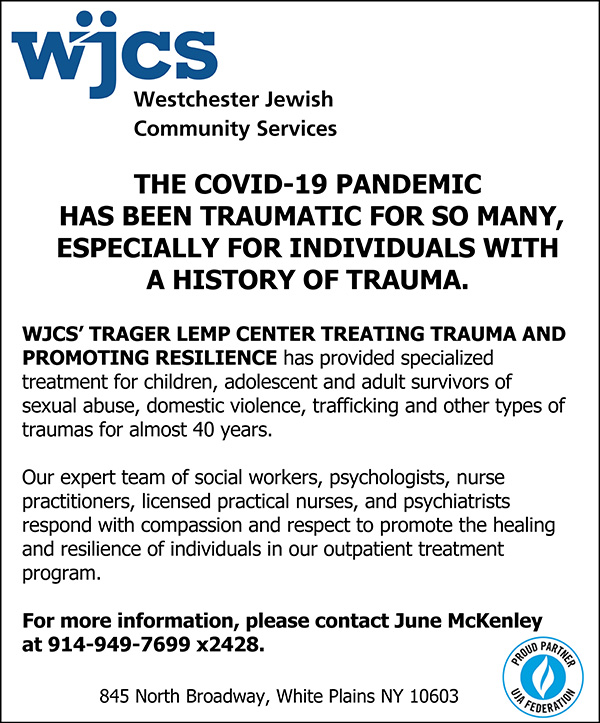A year ago, 21-year-old Christine* started hearing voices saying terrible things about her. She wondered “why doesn’t anyone around me admit to hearing them?” And now people have started to spy on her, through her phone. Her parents were upset that she wasn’t able to contribute to the household since she kept losing her jobs because of these people. They seemed to go everywhere with her, bringing her down.

Christine had been to the hospital twice and had gone to a Partial Hospitalization Program – with groups focused on teaching skills to help her feel better – but the voices and the spying distracted her from learning anything. Her new therapist told her the voices were in her head and her family was pressuring her to “act right.” Nobody seemed to know what to do except give her medication, which made her gain weight and sleep too much. She was starting to feel hopeless that she would ever get her “old self” back.
Christine is one of many young people who have experienced their First Episode Psychosis (FEP).
Schizophrenia occurs worldwide, with an annual incidence 15.2 per 100,000 and is one of the top leading causes of disability, according to the Global Burden of Disease Study in 2016. The illness usually develops between ages 16 and 25; for men it typically occurs younger than women. It accounts for 25% of all hospital beds and for 40% of all long-term care days. It also accounts for 20% of all Social Security benefits, costing the nation up to $65 billion per year.
A cycle typical for young people experiencing their FEP starts with symptoms of schizophrenia being viewed through societal stigmas: social withdrawal, poor self-care (such as not paying bills, not showering), responding to internal stimuli (like laughing or talking to themselves), sleeping at odd hours, paranoia (putting tape over their phone camera or pulling the shades to prevent people from spying on them), and uncharacteristically odd behaviors, among other symptoms cause them to be labeled pejoratively. It is frightening for families to see their loved ones acting and thinking differently and, in their increasingly alarmed concern, they are usually at a loss for what to do and most others around them don’t know either, including many therapists and other mental health providers. Out of desperation, families end up bringing their symptomatic children to an emergency room, a psychiatric hospital, or sometimes they even call the police. The young person will typically stay at a hospital, be put on medications that help a little, and then go to an outpatient therapist or Partial Hospital program, only for the cycle to repeat when symptoms inevitably increase, with the same stigma and not knowing what to do.
OnTrackNY (OTNY) a coordinated, specialty care program seeks to interrupt this cycle by intervening as early as possible after the FEP. It offers the young person (ages 16-30) on the Schizophrenia Spectrum multiple services to choose from, all geared toward their individualized needs and goals and promoting recovery from their illness. The ultimate goal is to help them get back “on track” into the world, to pursue their goals in the areas of school, work, hobbies, passions, as well as to promote long-term recovery, ultimately limiting their disability.
The OnTrackNY program at Westchester Jewish Community Services (WJCS) is funded by the Office of Mental Health (OMH) and SAMHSA’s (Substance Abuse and Mental Health Services Administration) Healthy Living Grant. WJCS’s program is one of 22 teams throughout New York State and is located in our Peekskill and Hartsdale clinics. WJCS’s team provides office and community-based services to those in Westchester, Putnam, Rockland, and lower Dutchess counties.
OnTrack uses non-clinical language with participants and their families to help them address, for instance, “unusual thoughts” and their “mind playing tricks” on them. OnTrack’s shared-decision model is based on research studies funded by the federal government that demonstrated positive outcomes for people with FEP, such as the RA1SE program studies (Recovery After an Initial Schizophrenia Episode), which sought to change the trajectory and course of Schizophrenia through coordinated and aggressive treatment in the earliest stages of the illness, with an emphasis on minimizing any disability.
The WJCS OnTrack team consists of multidisciplinary staff, including an Outreach and Recruitment Coordinator who helps figure out if the program is a fit for individuals, Primary Clinicians who works on the participant’s goals and coping skills, a Prescriber who collaborates on medication and medical goals, a Nurse who helps with overall health goals, a Peer Specialist who works with people from their own lived mental health experiences, and a Specialized Employment and Educational Specialist who works on the participant’s school and employment goals. The participant picks which team members would be the most helpful to meet their goals and may use them all or only team members who can help them toward their recovery goals. Flexibility of team members is an important part of any individual’s plan; for instance, clinicians may meet with a participant multiple times in a week to help them through a difficult time.
OnTrack’s guiding principles are: limiting disability as a central focus, the individual acquires skills and personalized supports necessary to optimize recovery; Shared Decision-Making which facilitates recovery where the participant’s preferences are integrated with team member’s recommendations; and a Culturally Competent interpretive framework of symptoms, signs and behaviors, as seen in families and societies.
As an OnTrackNY participant said, “what’s been good about the program is hearing the counselors talk and saying this is not defining who you are, this is an event in your life. You can still get on with your life. You know, there may be some differences, but you can still do it.”
*pseudonym
By Sarah Fisher, LCSW, is OnTrack Team Leader at Westchester Jewish Community Services (WJCS. )To learn more about the WJCS OnTrackNY program, please visit https://www.wjcs.com/services/mental-health/ontrackny/.
References
Schizophrenia is one of the top 15 leading causes of disability worldwide (Global, regional, and national incidence, prevalence, and years lived with disability for 328 diseases and injuries for 195 countries, 1990-2016: a systematic analysis for the Global Burden of Disease Study 2016. Lancet. 2017 Sep 16;390(10100):1211-1259. PMID: 28919117)
Cloutier, M, Aigbogun, MS, Guerin, A, Nitulescu R, Ramanakumar, AV, et al. (2016). The economic burden of schizophrenia in the United States in 2013. Journal of Clinical Psychiatry, 77(6):764-771.
Financial costs associated with schizophrenia are disproportionately high relative to other chronic mental and physical health conditions, reflecting both “direct” costs of health care as well as “indirect” costs of lost productivity, criminal justice involvement, social service needs, and other factors beyond health care (Desai, PR, Lawson, KA, Barner, JC, Rascati, KL. Estimating the direct and indirect costs for community-dwelling patients with schizophrenia. Journal of Pharmaceutical Health Services Research, 2013 Jul;4(4):187-194. doi/10.1111/jphs.12027/epdf)
About 100,000 adolescents and young adults in the US experience first episode psychosis each year. (https://www.nimh.nih.gov/health/topics/schizophrenia/raise/fact-sheet-first-episode-psychosis)




